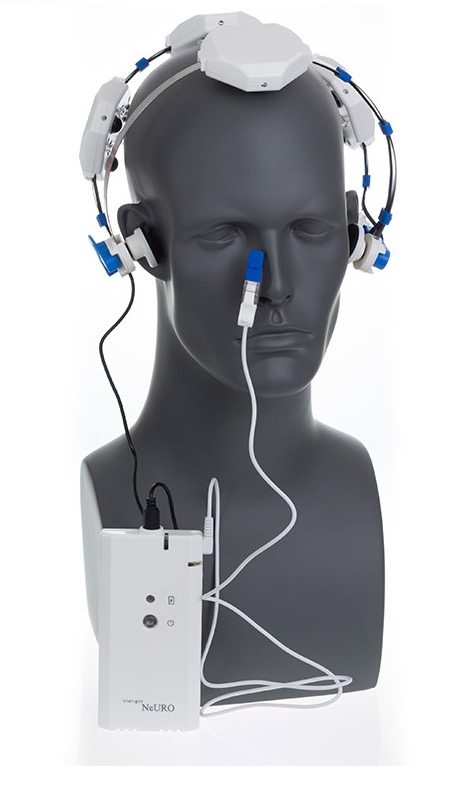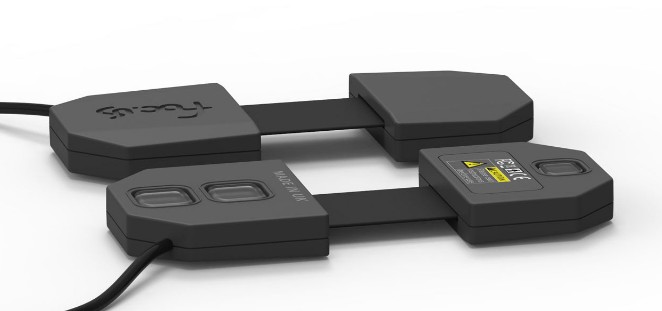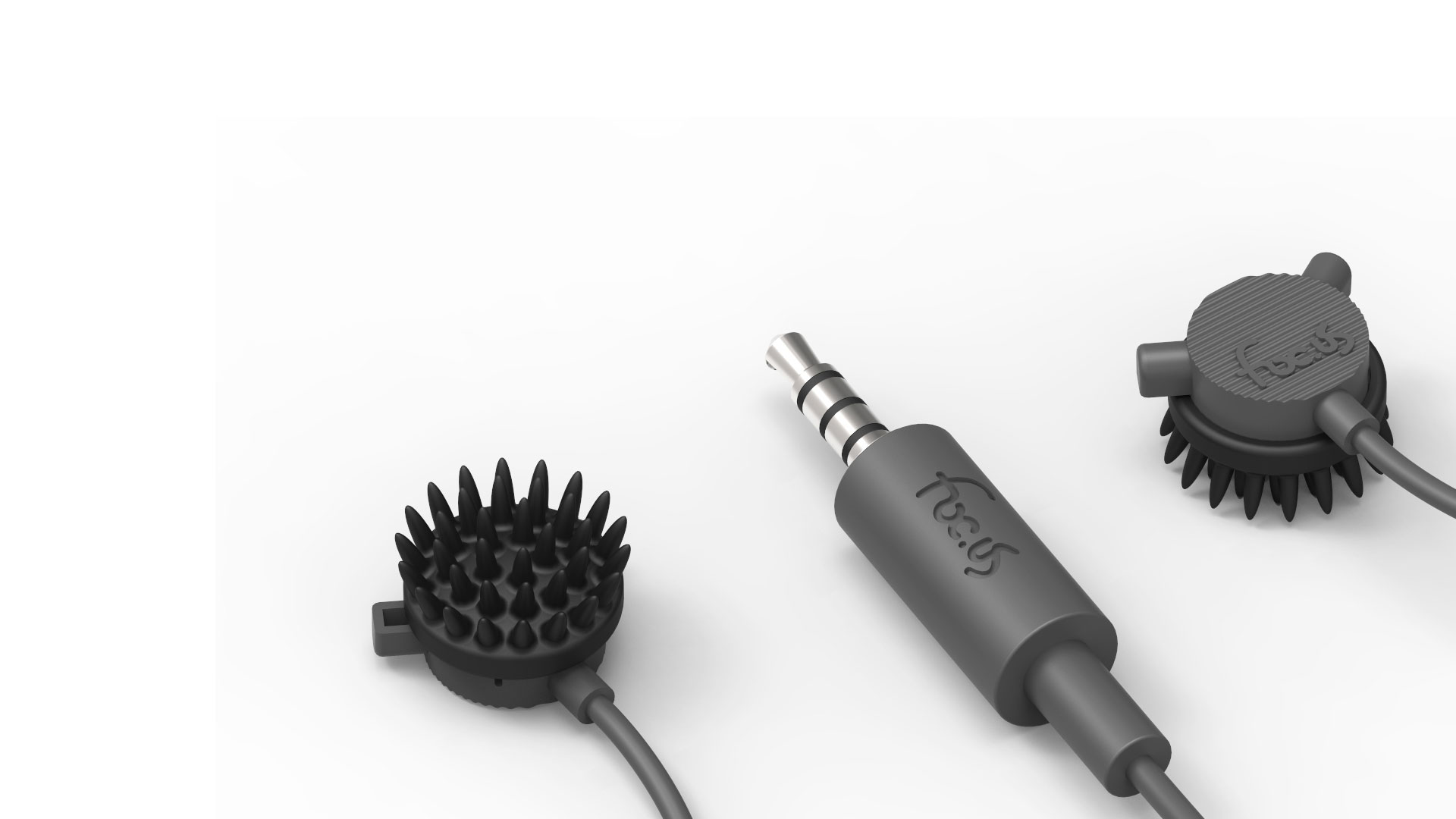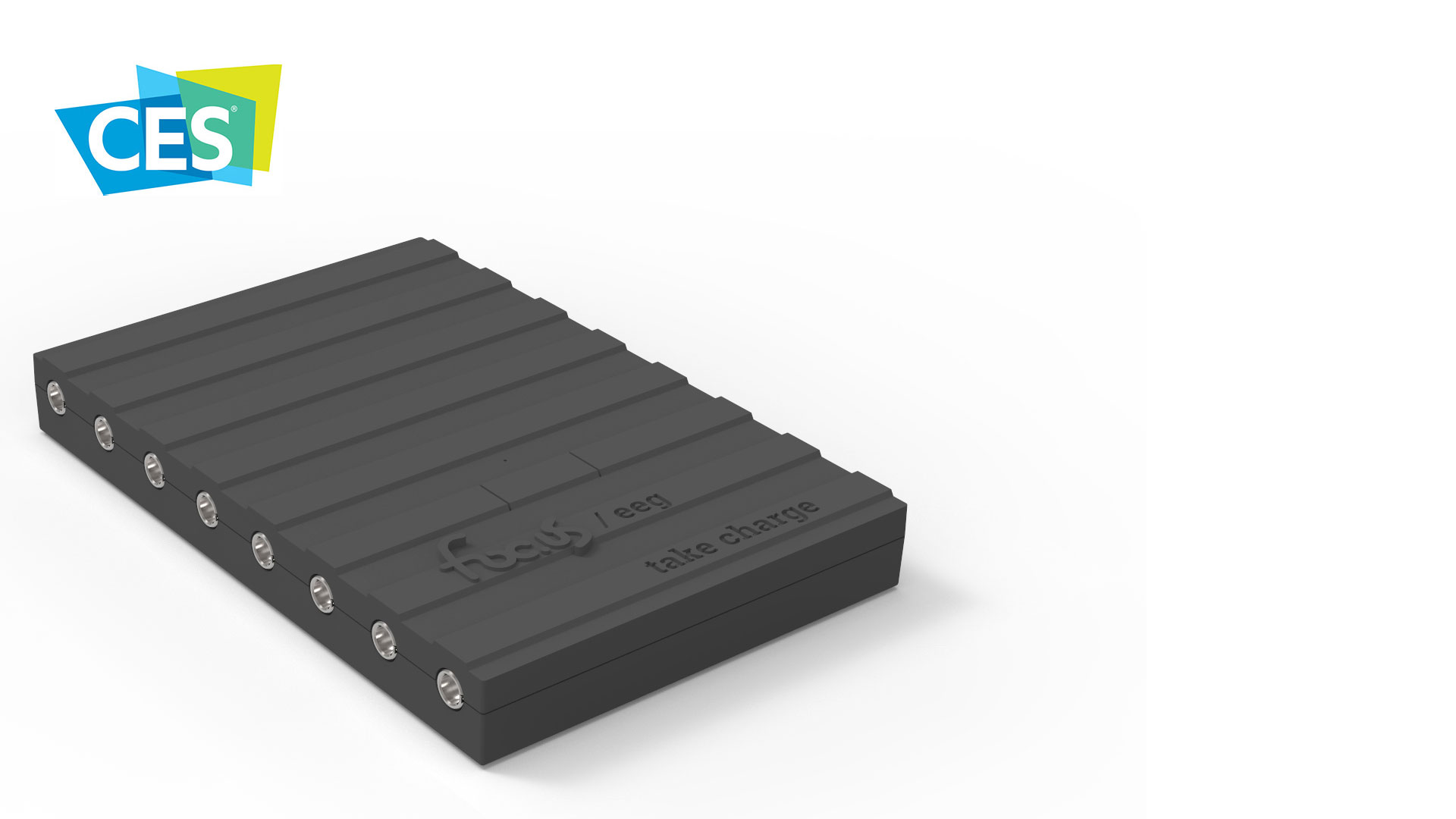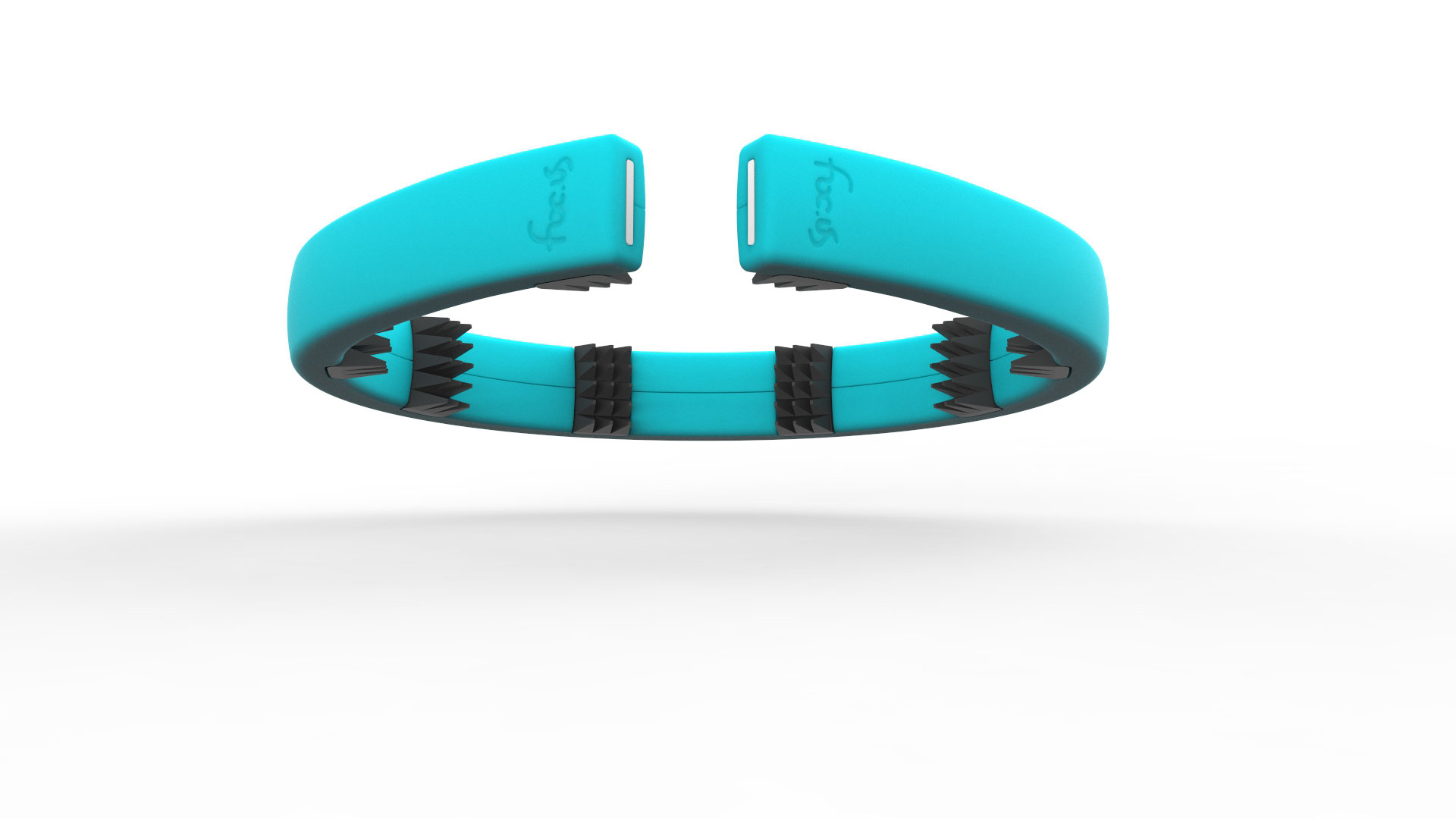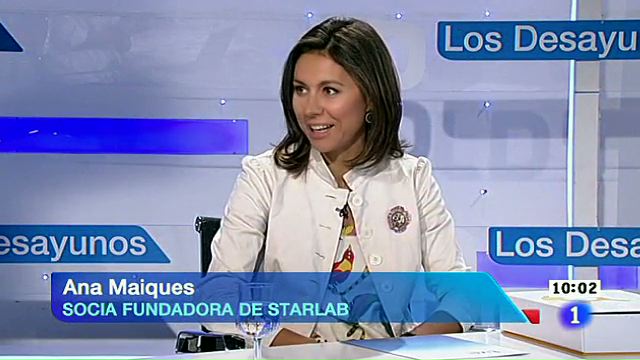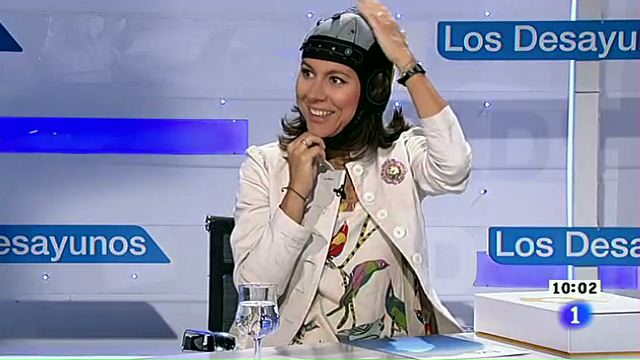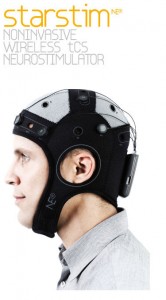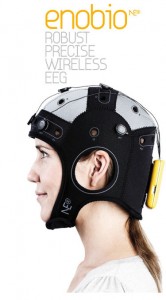If there’s no link to a pdf, it means the full paper is behind a paywall. If you find a public link to the full paper, please send it along and I’ll update the post. Did I miss anything 😉
Bold: Paper title, linked to Abstract
(pdf): Direct pdf download where available
Italic: ‘Takeaway’ snippet from abstract.
(Bracketed): My thoughts FWIW
Tags:
Transcranial direct current stimulation increases resting state interhemispheric connectivity.
…the tDCS group showed increased DLPFC connectivity to the right hemisphere and decreased DLPFC connectivity to the brain regions around the stimulation site in the left hemisphere. (Lends more credence to the idea of increasing positive effects of tDCS by simultaneously damping down (cathodal) and ramping up (anodal) neuronal activity.)
Tags: theory, learning, enhancement
Transcranial direct current stimulation for treatment of refractory childhood focal epilepsy.
A single session of cathodal tDCS improves epileptic EEG abnormalities for 48 h and is well-tolerated in children.
Tags: epilepsy, children
Brain stimulation modulates the autonomic nervous system, rating of perceived exertion and performance during maximal exercise.
…indicating that the brain plays a crucial role in the exercise performance regulation.
Tags: sports medicine
Evolution of Premotor Cortical Excitability after Cathodal Inhibition of the Primary Motor Cortex: A Sham-Controlled Serial Navigated TMS Study (pdf)
Cathodal inhibition of M1 excitability leads to a compensatory increase of ipsilateral PMC (premotor cortical regions) excitability. (Cathodal tDCS used as a tool to facilitate an experiment)
Tags: theory,
Rethinking Clinical Trials of Transcranial Direct Current Stimulation: Participant and Assessor Blinding Is Inadequate at Intensities of 2mA (pdf) (See also: A big hole in the control? Transcranial direct current stimulation blinding on trial)
Our results suggest that blinding in studies using tDCS at intensities of 2 mA is inadequate. Positive results from such studies should be interpreted with caution.
Tags: theory, sham, blinding,
The effects of cross-hemispheric dorsolateral prefrontal cortex transcranial direct current stimulation (tDCS) on task switching
Task switching, defined as the ability to flexibly switch between tasks in the face of goal shifting, is a central mechanism in cognitive control. …Our findings confirm the notion that involvement of the PFC on task switching depends critically on laterality, implying the existence of different roles for the left hemisphere and the right hemisphere in task switching.
Tags: task switching, theory
The role of timing in the induction of neuromodulation in perceptual learning by transcranial electric stimulation
…tRNS (transcranial random noise stimulation) facilitated task performance only when it was applied during task execution, whereas anodal tDCS induced a larger facilitation if it was applied before task execution. (This study showed tDCS to be more effective when applied prior to training! (i.e. ‘offline’)
Tags: tRNS, offliine, online, training, enhancement, perceptual learning
Modulation of verbal fluency networks by transcranial direct current stimulation (tDCS) in Parkinson’s disease
…left dorsolateral prefrontal cortex (DLPFC) tDCS increased performance on the phonemic fluency task
Tags: Parkinson’s, verbal fluency
Transcranial Electrical Currents to Probe EEG Brain Rhythms and Memory Consolidation during Sleep in Humans (2011) (pdf)
…results demonstrate the suitability of oscillating-tDCS as a tool to analyze functions of endogenous EEG rhythms and underlying endogenous electric fields as well as the interactions between EEG rhythms of different frequencies. (Way over my head at this point but trying to understand it, as Lisa Marshall is frequently mentioned in discussions around tDCS and memory. I’m also trying to build an understanding of EEG.)
Tags: memory consolidation, EEG, theory
(pdf) Random Noise Stimulation Improves Neuroplasticity in Perceptual Learning (2011)
Our results confirmed the efficacy of hf-tRNS over the visual cortex in improving behavioral performance and showed its superiority in comparison to other TES. (tRNS transcranial random noise stimulation, has been showing up more often in relation to studies focused on learning and cognition.)
Tags: tRNS, perceptual learning, neural plasticity,
Focal Modulation of the Primary Motor Cortex in Fibromyalgia Using 4×1-Ring High-Definition Transcranial Direct Current Stimulation (HD-tDCS): Immediate and Delayed Analgesic Effects of Cathodal and Anodal Stimulation
4×1-ring HD-tDCS, a novel noninvasive brain stimulation technique capable of more focal and targeted stimulation, provides significant reduction in overall perceived pain in fibromyalgia patients..
Tags: HD-tDCS, Fibromyalgia, pain health
Transcranial direct current stimulation’s effect on novice versus experienced learning (2011)
TDCS was significantly more effective in enhancing test performance when applied in novice learners than in experienced learners.
Tags: learning, threat detection, anode F8,
Evaluation of sham transcranial direct current stimulation for randomized, placebo-controlled clinical trials.
The tDCS sham condition investigated here may be suitable for placebo-controlled trials keeping subjects blind to treatment conditions. (The protocol for sham tDCS is necessarily evolving.)
Tags: sham,
Tremor Suppression by Rhythmic Transcranial Current Stimulation
With this technique we can achieve almost 50% average reduction in resting tremor amplitude and in so doing form the basis of a closed-loop tremor-suppression therapy that could be extended to other oscillopathies. (tACS transcranial alternating current)
Tags: Parkinsons, tremor, tACS
Is Transcranial Alternating Current Stimulation Effective in Modulating Brain Oscillations? (pdf)
Therefore, the present study does not provide significant evidence for tACS reliably inducing direct modulations of brain oscillations that can influence performance in a visual task.
Tags: tACS, posterior parietal cortex, visual perception
Neuromodulation for Brain Disorders: Challenges and Opportunities (pdf)
This article reviews the state-of-the-art of neuromodulation for brain disorders and discusses the challenges and opportunities available for clinicians and researchers interested in advancing neuromodulation therapies. (Excellent overview of where we’re at with various forms of brain stimulation)
Tags: Neuromodulation, brain stimulation, tDCS, DBS (Deep Brain Stimulation), ICS (intracranial cortical stimulation), TMS (transcranial magnetic stimulation)
Improved proper name recall in aging after electrical stimulation of the anterior temporal lobes (2011) (pdf)
The task was to look at pictures of famous faces or landmarks and verbally recall the associated proper name. Our results show a numerical improvement in face naming after left or right ATL stimulation, but a statistically significant effect only after left-lateralized stimulation.
Tags: name recall, anterior temporal lobes, aging,
Transcranial brain stimulation (not sure this link will work for you pdf)
This book reviews recent advances made in the field of brain stimulation techniques. Moreover NIBS techniques exert their effects on neuronal state through different mechanisms at cellular and functional level.
Tags: NIBS (non-invasive brains stimulation), research overview,
Naming facilitation induced by transcranial direct current stimulation. (2010)
…anodal tDCS of the left DLPFC improves naming performance, speeding up verbal reaction times after the end of the stimulation, whereas cathodal stimulation had no effect.
Tags: learning, left DLPFC,
Consolidation of Human Motor Cortical Neuroplasticity by D-Cycloserine (2004) (pdf)
While anodal tDCS enhances motor cortical excitability, cathodal tDCS diminishes it. Both effects seem to be NMDA receptor dependent. D-CYC selectively potentiated the duration of motor cortical excitability enhancements induced by anodal tDCS.(Again, way over my head, but NMDA receptors comes up frequently in the context of tDCS and neurotransmitters.)
Tags: NMDA receptors, D-Cycloserine, learning, enhancement
Interactions between transcranial direct current stimulation (tDCS) and pharmacological interventions in the Major Depressive Episode: Findings from a naturalistic study. (See also: Electrical Brain Stimulation Plus Drug Fights Depression)
…To investigate the interactions between tDCS and drug therapy …tDCS over the DLPFC acutely improved depressive symptoms.
Tags: depression, Zoloft
Physiological and modeling evidence for focal transcranial electrical brain stimulation in humans: A basis for high-definition tDCS.
We provide direct evidence in humans that TES with a 4 × 1-Ring configuration can activate motor cortex and that current does not substantially spread outside the stimulation area.
Tags: HD-tDCS, electrodes, M1
Transcranial Direct Current Stimulation (tDCS) Reduces Postsurgical Opioid Consumption in Total Knee Arthroplasty (TKA).
…tDCS may be able to reduce post-TKA opioid requirements.
Tags: pain,
Modulating lexical and semantic processing by transcranial direct current stimulation.…(tDCS), which is applied over Wernicke’s area and its right homologue, to influence lexical decisions and semantic priming…
Results showed impaired lexical processing under right anodal/left cathodal stimulation in comparison with sham and left anodal/right cathodal stimulation.

